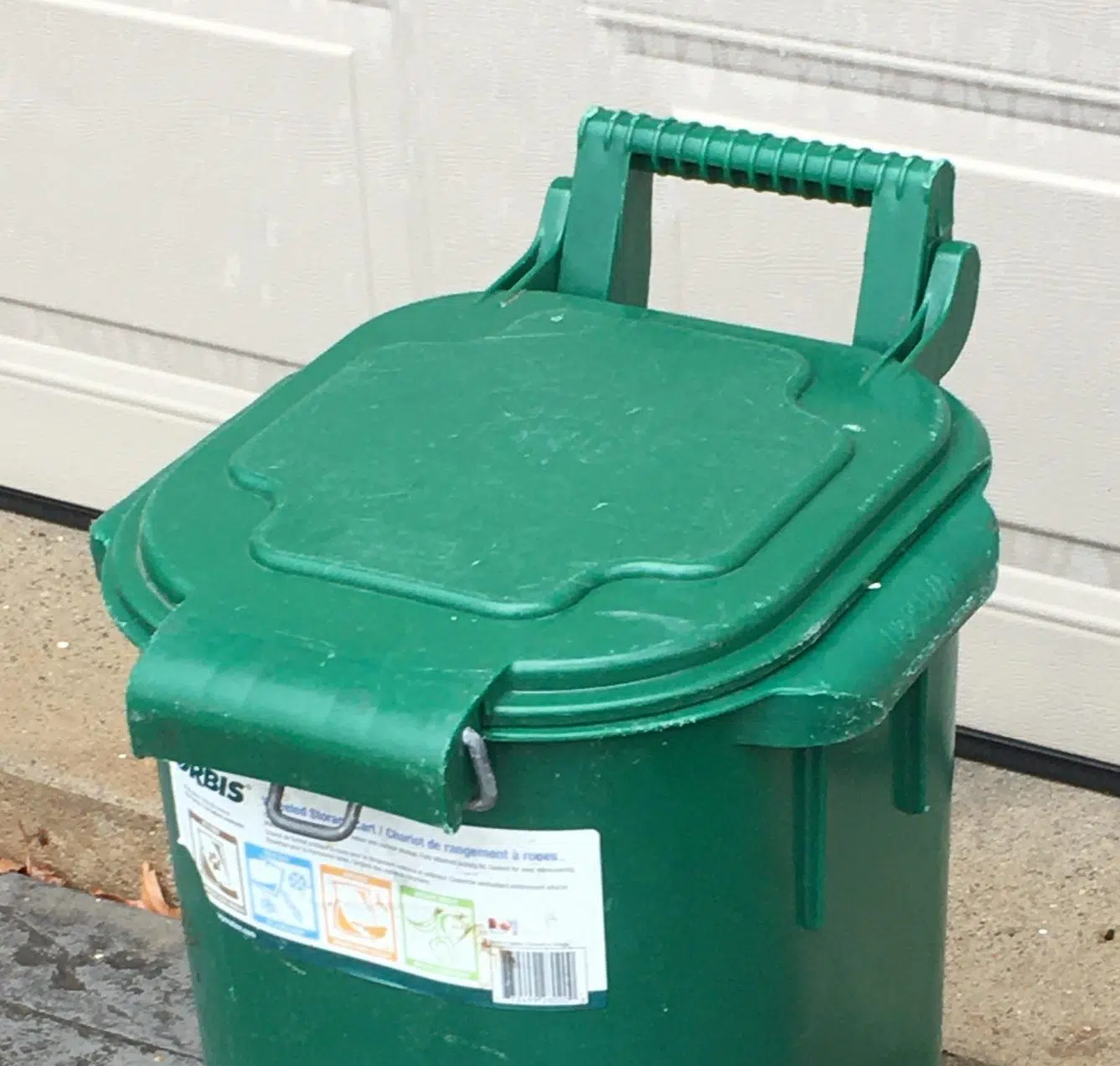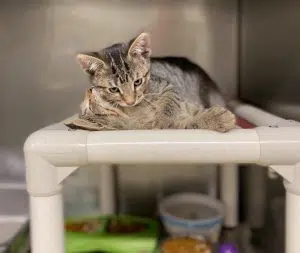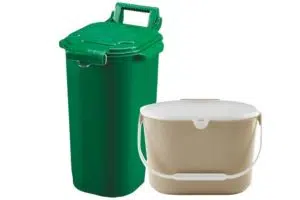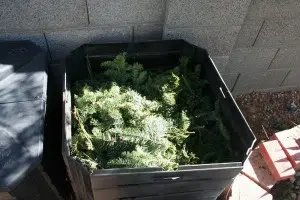
The city’s proposed green bin program has been pushed back to 2022 due to COVID-19. As it finalizes its plans for the composting program, the city is opening a public engagement period starting at the end of this month that will continue into Jan.
Matthew Robertson is the owner of Village Compost, a private compost collection service that operates throughout London and with some local businesses, like Plant Matter Kitchen. Robertson shared his thoughts on some of the questions the city is asking Londoners to consider.
Diapers and pet waste
Not all green bin programs accept pet waste and only two in Ontario accept diapers. Robertson said he supports the idea of including them in the plan, if they are being taken to facility that can effectively separate them from organic waste.
“If the city is looking to make a higher-grade compost, then no, I’d be returning those sort of contaminants, taking them off the list,” he said.
Dog poop bags and kitty litter clay don’t break down fully so if they were to be included in the city’s plan, there would need to be extra steps to separate waste before it was used as fertilizer.
The cost of doing so, according to a city report, would be about 40 percent of the budget.
Outdoor bin size
The city is deciding between 80L bins and 40L for outdoors. These are the bins you keep outside and roll to the curb for collection.
According to Robertson, in this case, bigger is better.
“Having a larger bin allows you accommodate a bigger family,” he said. “A family of five or six could quite easily fill an 80L bin a week.”
Robertson said 80L bins are what he uses for his own outdoor composting. Most municipalities use bins between the 80-100L range.
Liners for indoors–paper or plastic?
There are many options when it comes to indoor liners, including the fact that you may not need one at all. Robertson uses paper liners for his indoor bin, but said compostable plastic is also a good option.
“You don’t need a liner indoors at all,” said Robertson. “But it is preferable just to kind of keep things clean.”
You can regularly clean your indoor bin, but liners make this less of a necessity. Robertson said paper bags that we collect in our everyday lives can be used to as compost liners indoors. In terms of what the city should do, he said any of the options proposed will work.
“I line some of my 80L bins with a compostable plastic bag,” he said. “And that keeps in clean outside as well.”
Collection
Under the city’s proposed plan, green and blue bin collection would operate on a weekly basis while regular garbage would be moved to bi-weekly collection.
The good news–this would mean garbage would be picked up on the same day every week rather than on the 8 day cycle it operates under now.
Robertson said he’s on board with this plan, and believes it could encourage more composting.
“If you do start composting and separating your recyclables, you don’t have that much need for weekly collection.”
He added that bi-weekly garbage collection might not be as much of an issue if more of the “smelly” things we throw in the garbage were now being put to compost.
Starting your compost goals right now
The main goal of the city’s green bin plan is to cut waste that’s going to our landfill by 60%. But you don’t have to wait for a green bin to start composting now.
If you live in a home, backyard composting is one option to start getting rid of food waste.
“You can get a small composter from the city of London at a discounted rate,” said Robertson. “You’re able to then compost in your backyard.”
For the many Londoners that live in apartments or condos, collection services like the one offered by Village Compost offer another alternative.
Overall, Robertson said he felt that city was making good strides in reaching its waste diversion goals.
“The city has done a good job on the recycling roll-out program,” he said. “I look forward to them rolling out their organic waste program.”
For more information on the city’s plan and how to voice your own thoughts, visit the city’s website.






Comments